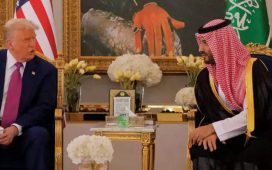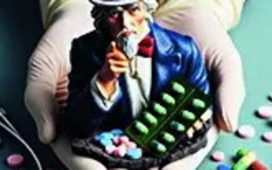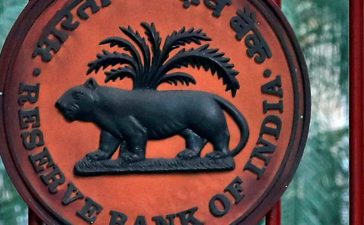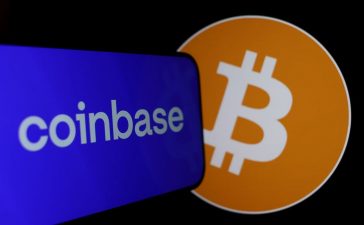
It began with the Dev Anand centenary in September – and the chance to see Guide and Jewel Thief in plush multiplexes – but continued at other venues. Watching Francis Ford Coppola‘s Apocalypse Now and G Aravindan’s folklore classic Kummatty in a hall was an incredibly intense experience. The wonderful, dialogue-less sequence in Kummatty, where the bogeyman leads the children in a dance before transforming them into animals, had a hypnotic quality that made it seem a wholly different film from the one I had seen just a year ago.
An important value-addition to the screenings were inputs by guests such as Lee Kline and Karen Stetler of the Criterion Collection. They discussed backstories and ethical issues: is it okay, for instance, to change the look of an old film in restoration, even at the director’s bequest? ‘You almost have to be a referee in these cases,’ Kline said, mentioning how Theo Angelopoulos had wanted to make colour corrections in a film.
Or the proposal – eventually shot down – to turn the last two shots of Coppola’s B&W Rumble Fish into colour for a particular artistic effect. They also spoke about the trickiness of restoring a film from a culture they didn’t know much about, such as the 1977 Senegalese film, Ceddo. ‘It was important to know the difference between one African skin tone and another. Or to be told that in Senegal the sky is almost never blue.’
My one reservation: during Kline’s introduction to Douglas Sirk’s tempestuous 1956 drama, Written on the Wind, I felt he was being patronising about melodrama as a form. ‘Please keep in mind that you watch a film like this for fun, to laugh a bit, don’t take it seriously,’ he said. Maybe he was defensively trying to keep expectations low. But it wasn’t required, for the film got the reception it richly deserved. I had watched it before, but this was another animal altogether.
The brilliant compositions, the use of colour, the kinetic energy of so many dramatic scenes – and yes, the turbulence of the emotions – all of it was heightened and made more urgent in a dark hall. The texture of the images felt different, a little grainier (in a good way) than the cool, smooth digital images most of us are so used to – you could appreciate details such as the vein popping on an anguished character’s forehead. I felt similarly while watching a more restrained classic, David Lean’s Brief Encounter, about a fleeting extramarital relationship, told mainly from the woman’s viewpoint. As a teen viewer, I hadn’t been well-placed to understand the 42ish protagonists and their intolerable situation after falling in love. I understood much better now, and this was aided by the scale of the viewing. The conventional view is that it’s the later Lean films – the epics such as Lawrence of Arabia – that need a huge screen, but Brief Encounter – so full of stolen glances and anxious gestures – is a different type of big-screen masterpiece, as its tone moves from stiff-upper-lip reserve, and the need to keep emotions under check, to something more desperate, the film becomes tense and alarming, almost like a Hitchcock thriller.
To see those magnificent close-ups of Celia Johnson’s anxious face, and then close-ups of another troubled character in a different genre – Gary Cooper as the lawman without support in High Noon – was to be reminded of how fresh and dangerous an 80-year-old film can still be in these conditions. But, of course, soon after this, I was on my way home in the metro, watching as people consumed content on their mobile screens – ravenous zombies on Halloween night.









